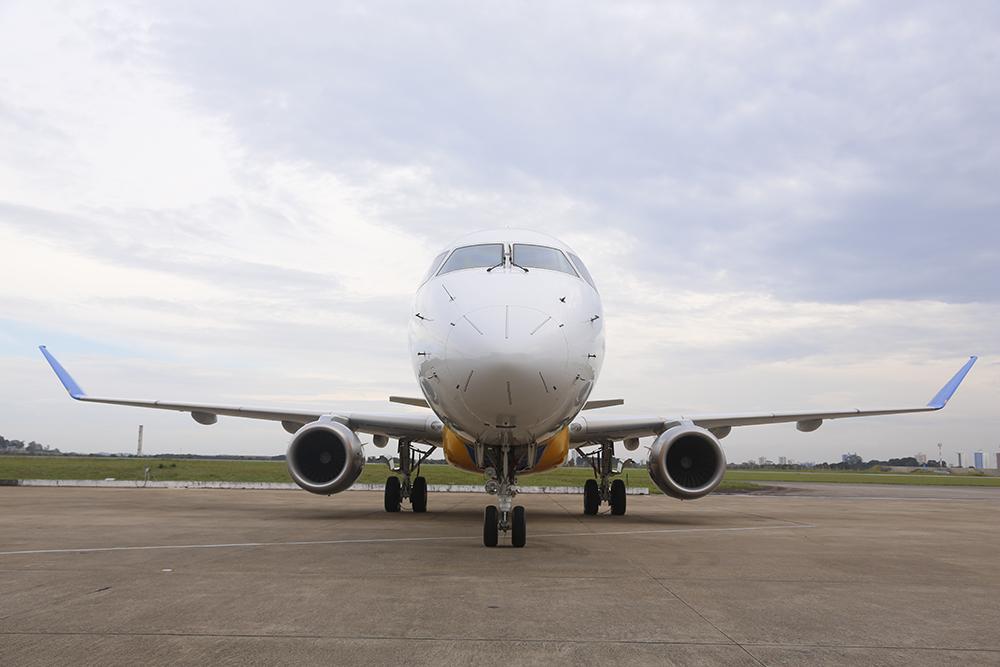Mechanic-Poaching, Tardy Parts Challenge U.S. Regional Airline Recovery

Regional airlines support major carriers in two basic ways: by feeding passengers to majors’ hubs to make them true ‘network’ airlines; and by providing the pipeline of training and recruitment for pilots, mechanics and other staff.
The first connection, hub feed, has been driving the recovery of U.S. regional airlines, but the second, the employment pipeline, has begun to challenge regional recovery. At least, that is the overall trend as seen by Bill Whyte, vice president of aviation operations and technical services at the U.S.’s Regional Airline Association.
It helps that regional carriers fly domestically, and the U.S. domestic market has been among the first to recover flights. “I think that it is fair to say that our regional operators returned to near full operations in 2021 as the schedules demanded by their codeshare partners required,” notes Whyte. “However, for 2022, recovery is not to full pre-COVID capacity, as the pilot shortage is now taking hold and regional capacity is reduced as a result.”
As regional carriers return toward normal operations, maintenance and part support is affecting them differently, according to which type of aircraft each operates. But, in general, “supply chain issues are hampering aircraft operations,” Whyte says.
He adds that inadequate supply of mechanics remains probably the biggest concern at most regionals. “Mechanics are being attracted by the mainline carriers and OEMs,” says Whyte.
That, of course, is normal, with a typical mechanic’s career trajectory moving from shop to regional to major airline. But this progress usually occurs gradually and predictably, allowing plenty of time for well-planned replenishment of regional MRO workers.
When mechanics are in short supply overall, movement to better-paying jobs can be swift. And there are wide differences in mechanic pay. In 2020, the bottom 10% of U.S. aircraft mechanics made less than $19 per hour, while the top 10% made more than $50 per hour. The best-paying jobs are almost always at the big airlines, and while mechanics at aviation manufacturers generally make less than major airline mechanics, they can make more than mechanics at regional airlines.
Then there are those part problems. “Supply chain issues are a continuing concern and are especially difficult for AOG parts and parts to repair components,” Whyte says. “Items that have never been an issue in the past and items that were already inherently troublesome have become more so.”
When it comes to getting slots for airframe or engine maintenance, Whyte says slots are generally locked in well in advance. “However, it is difficult to recover MRO slots if they were released due to inactivity,” he adds.
Whyte notes that transport costs have risen significantly, both above 2021 levels and above levels budgeted for 2022. This is a general trend, with the producer price index for warehousing and transportation increasing nearly 15% in the year through January 2022.
Whyte expects that the earliest point at which supply chain and mechanic leakage challenges will ease is the third quarter of 2022, or at worst by the third quarter of 2023.





